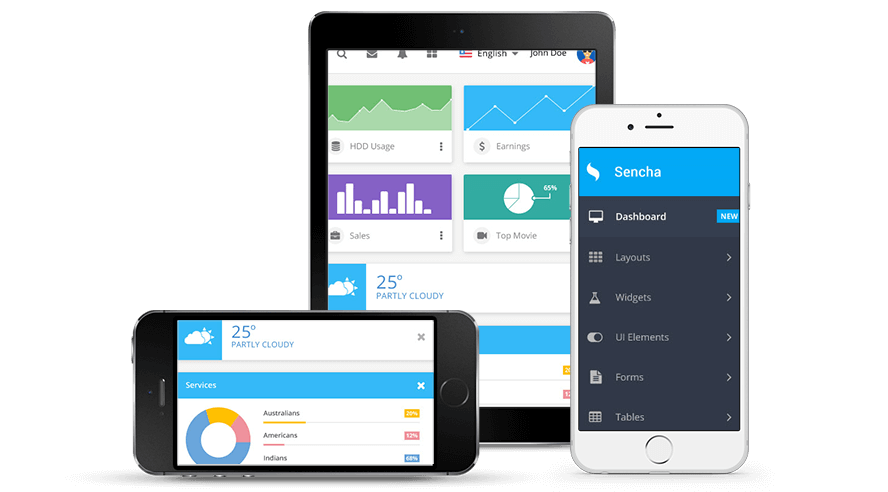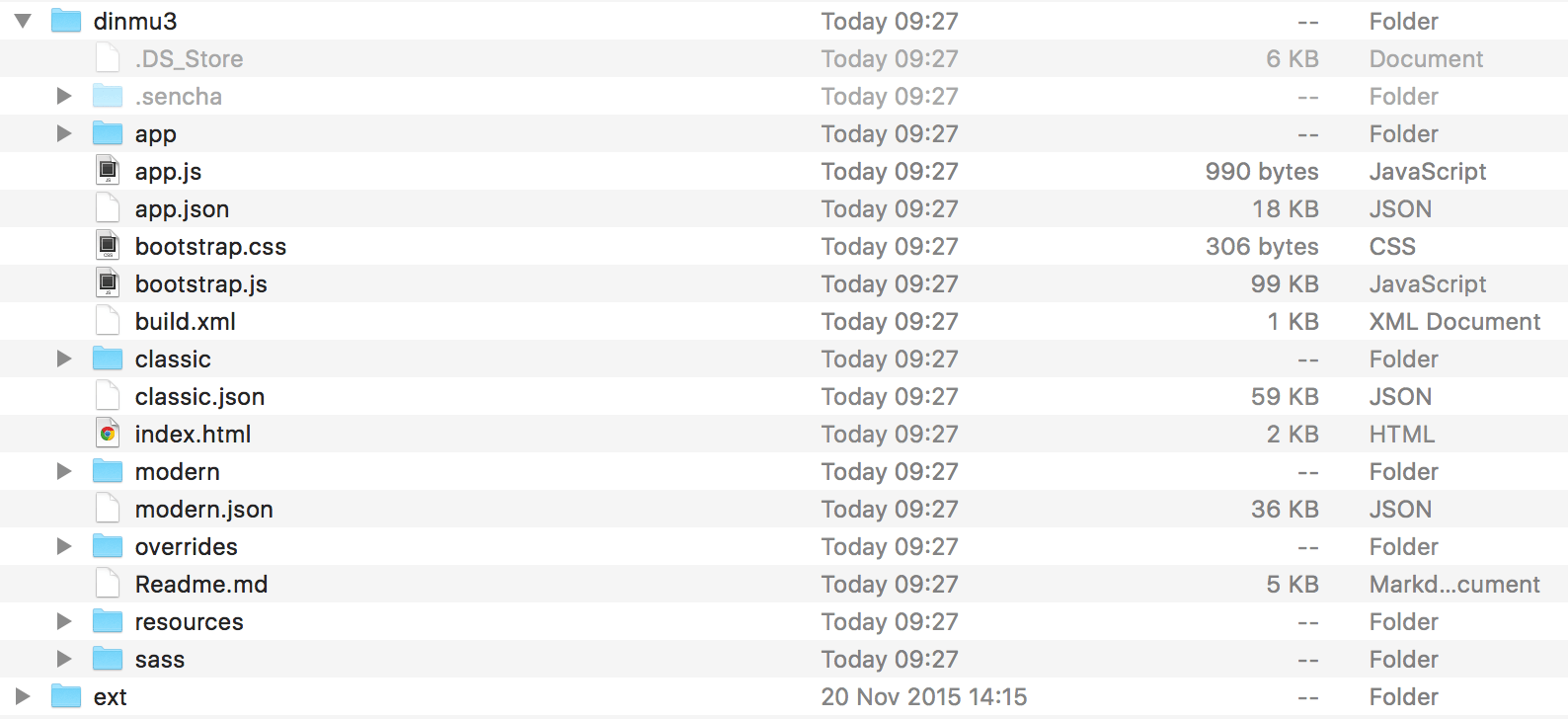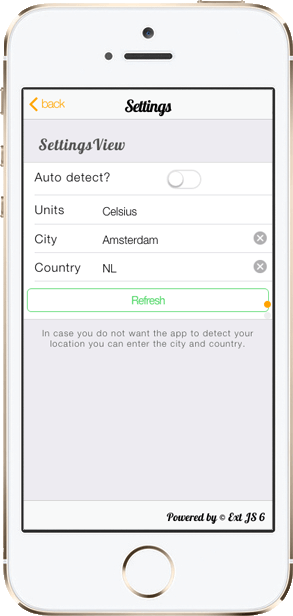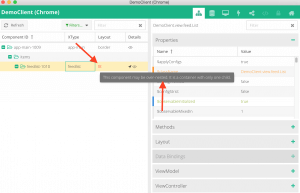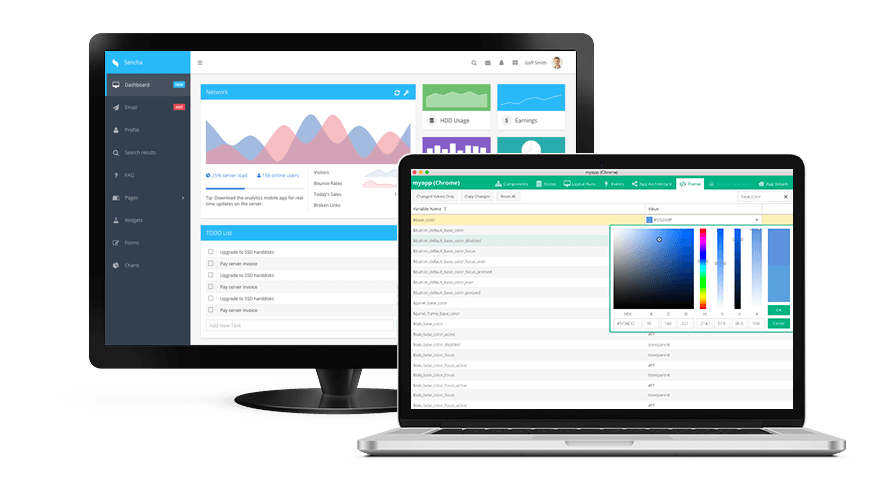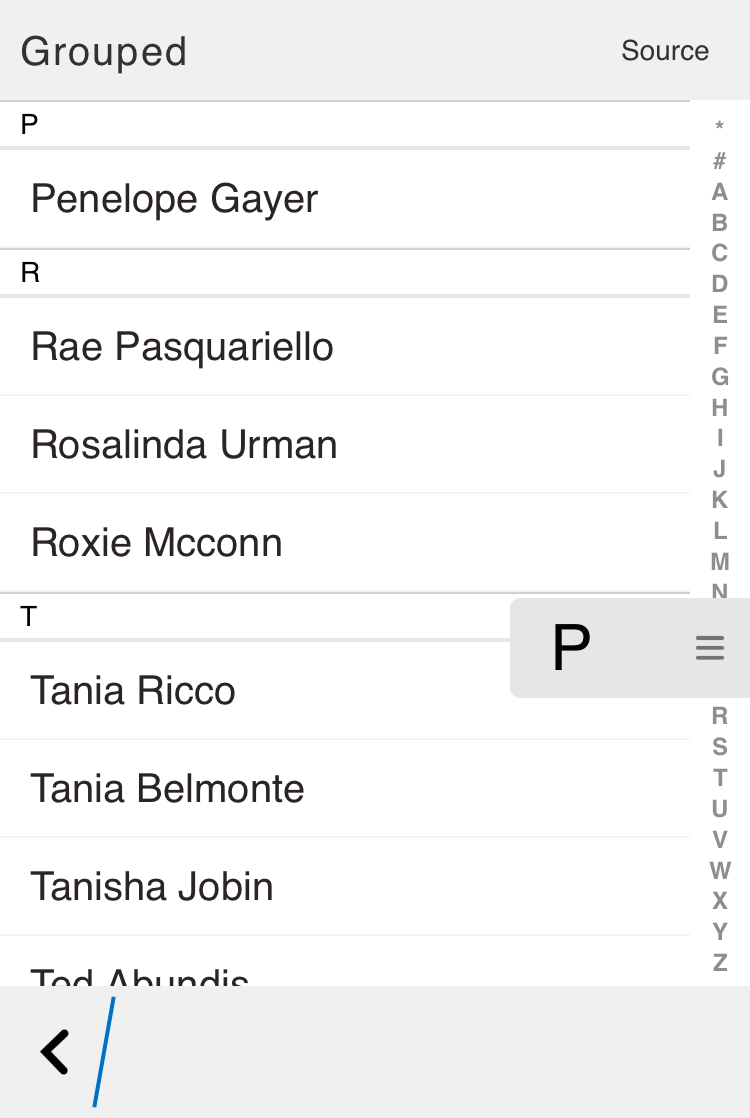
Have you ever wondered what makes some mobile apps stand out while others fade away? Mobile apps are now a big part of our daily lives. The demand for high-quality, easy-to-use apps is skyrocketing. This demand pushes developers to find…
Subscribe to our newsletter
Be the first to learn about new Sencha resources and tips.





